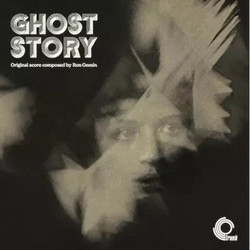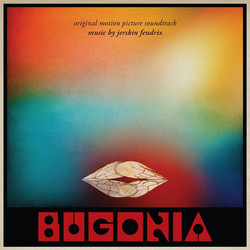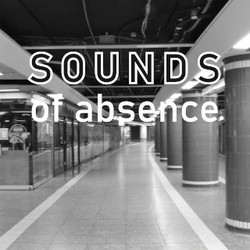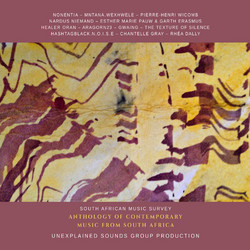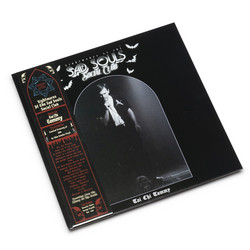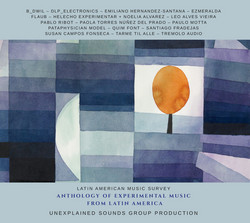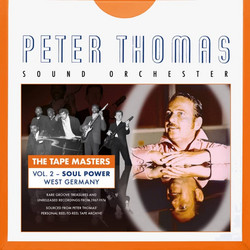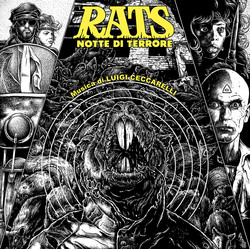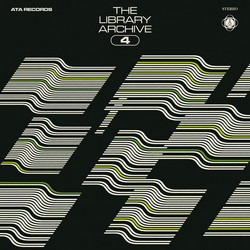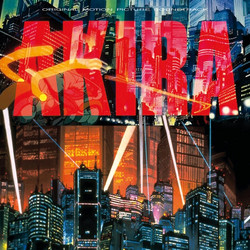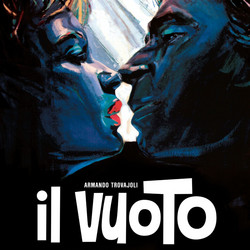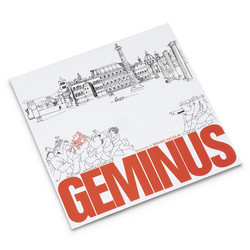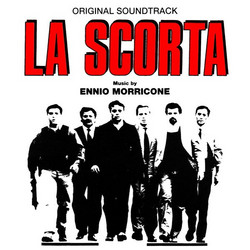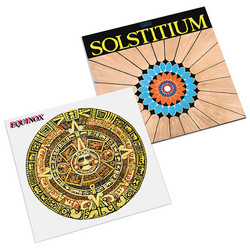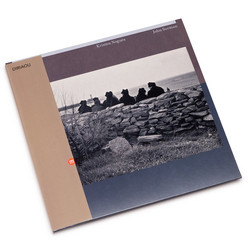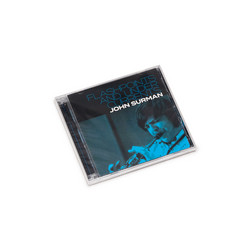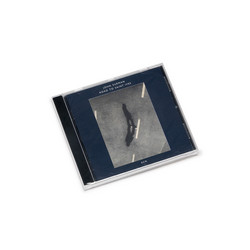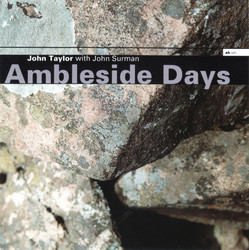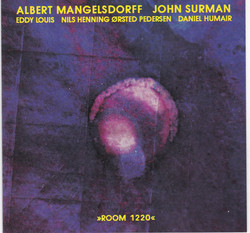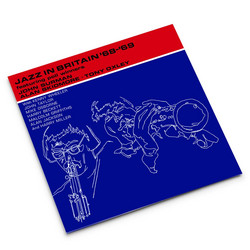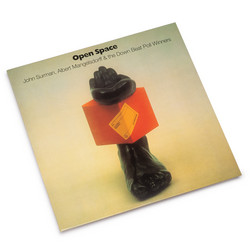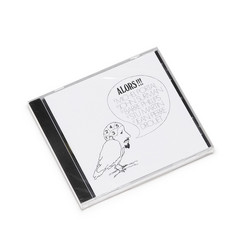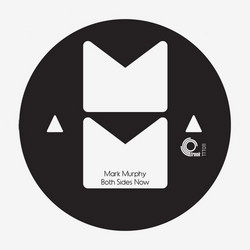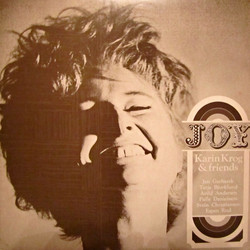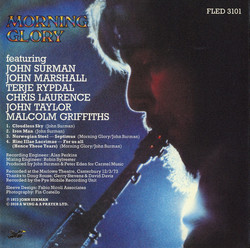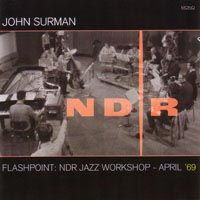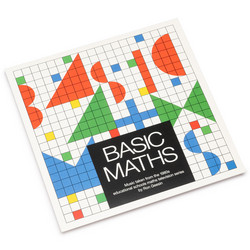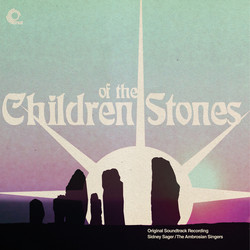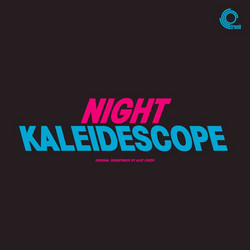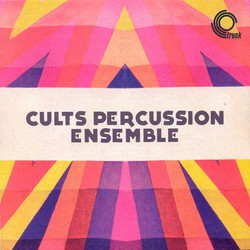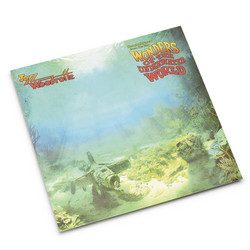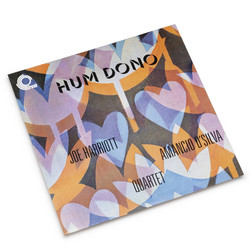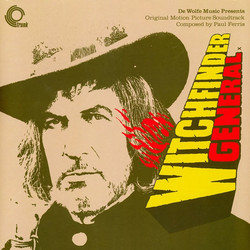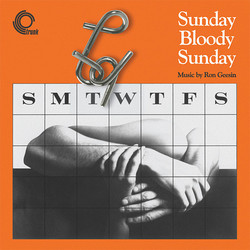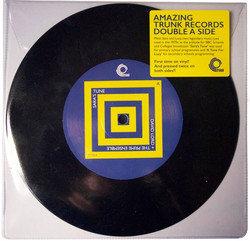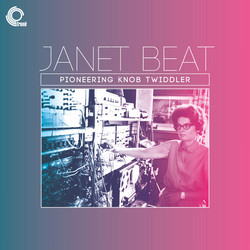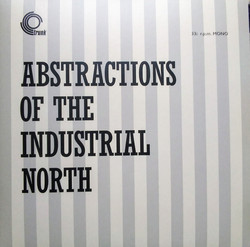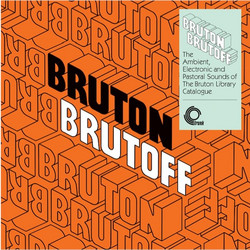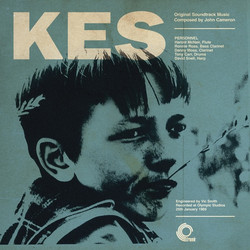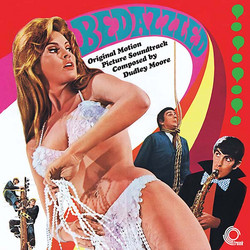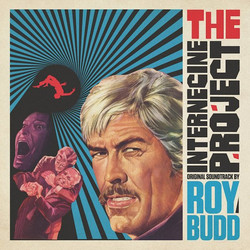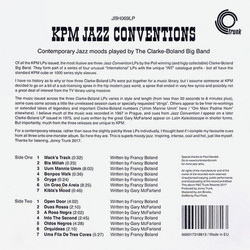Sometimes the most remarkable music emerges from the ashes of abandoned ambitions. John Surman and Karin Krog's “Electric Element”, now receiving its long-overdue release through Trunk Records, represents one of those rare archaeological discoveries that feels both historically significant and startlingly contemporary. Created during 2013 sessions for an overly ambitious futuristic dance/theatre production that never materialized, these recordings have spent over a decade gathering dust before finding their perfect home. The genesis of “Electric Element” reads like experimental music mythology: a planned large-scale urban production for 80-100 actors and dancers, complete with lasers and multiple stages, inspired by Eugene Deslaw's 1927/1928 silent films “La Marche des Machines and les Nuits Électriques”. When funding inevitably failed to materialize for this impossibly complex vision, the recorded music remained archived until Jonny Trunk inquired whether Karin Krog had any unreleased material of interest.
What emerged from those Oslo studio sessions represents a stunning evolution of the Surman / Krog partnership that “sees the duo (along with Surman's son Ben) abandon traditional jazz entirely in favour of a set of wonderfully weird vocal and electronic experiments.” As The Quietus notes, “There's an ineffable sense of mystery to this collection of previously unreleased material” - music that recalls the prime Annette Peacock “Pony” period while establishing entirely new possibilities for experimental collaboration. The technical setup alone suggests the sessions' ambitious scope: over nine tracks, Surman “shirks his sax in favour of wind synth, bass and contrabass clarinet, plus various effects units. Krog, for her part, shrieks, growls, mutters, and occasionally speaks. It's an extraordinarily visceral performance” that pushes both artists far beyond their established comfort zones. The collaborative approach maintained over those crucial winter 2013 sessions created “an enigmatic time slip of a record that seems to dance between the past and the present.” Ben Surman's post-production work, utilizing Ableton Live, Max/MSP, and Reaktor, introduced granular synthesis techniques that created fascinating tensions between the organic and artificial sound sources.
We can't help to enjoy the album's remarkable temporal displacement: it “sounds both rooted in 2000s electronic music, while also being reminiscent of much older artists like Tangerine Dream, Basil Kirchin, and Throbbing Gristle.” This quality places “Electric Element ” within experimental music's most intriguing category - works that exist outside conventional historical time, drawing from multiple eras while pointing toward uncharted futures. “Electric Element” captures something essential about contemporary experimental music's relationship with technology - not the wholesale abandonment of acoustic instruments for electronic alternatives, but rather the seamless integration of analog and digital approaches in service of expanded expression. These sessions, completed over just three days of initial recording followed by additional mixing and post-processing, demonstrate the creative chemistry that can emerge when established artists push beyond their known territories.
For collectors of experimental jazz and electronic music archaeology, “Electric Element” represents a crucial discovery - proof that significant music often emerges from failed projects and abandoned ambitions. The album's delayed release only enhances its impact, offering contemporary listeners music that feels both historically grounded and prophetically forward-thinking.
